
Month: September 2015

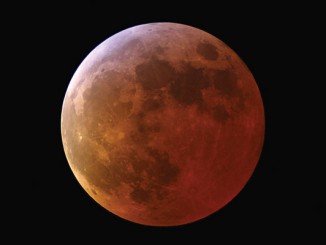
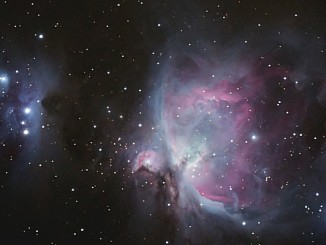
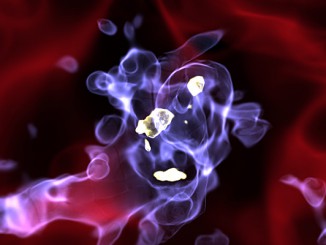
Unlocking the secrets of the universe’s brightest galaxies
Submillimetre galaxies (SMGs) are the brightest galaxies in the universe, yet invisible to the naked eye. But look through an infrared telescope, and they light up the sky. They are probably 12 or 13 billion years old, and what makes them so luminous is that they form stars very quickly — 1000 times faster than our Milky Way.
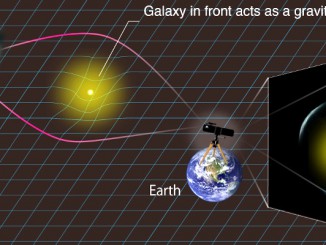
Citizen scientists discover gravitational lenses via Space Warps project
Around 37,000 citizen scientists combed through 430,000 images to help an international team of researchers to discover 29 new gravitational lens candidates through Space Warps — an online classification system which guides citizen scientists to become lens hunters, giving the public a chance to make their own scientific discoveries.

“Full Face of our Moon” by András Papp
To preserve the sense of the Moon caught at exactly at half phase, Hungarian astrophotographer András Papp carefully balanced multiple images of the darkened hemisphere, terminator and illuminated face of the Moon, all recorded on the same night — winning image of the Our Moon category in the Insight Astronomy Photographer of the Year competition 2015.
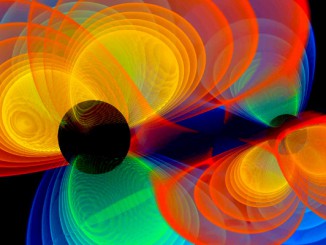
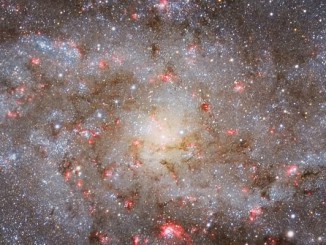
“M33 Core” by Michael van Doorn
This glorious image of the core of Local Group galaxy Messier 33 (NGC 598) in the constellation Triangulum was captured from Almere, Flevoland, Netherlands by astrophotographer Michael van Doorn — winning image of the Galaxies category in the Insight Astronomy Photographer of the Year competition 2015.

‘Stealth dark matter’ theory may explain universe’s missing mass
A Lawrence Livermore National Laboratory team has combined theoretical and computational physics techniques using the Laboratory’s 2-petaflop Vulcan supercomputer to devise a new model of dark matter. They found that dark matter is “stealthy” today, but would have been easy to detect in the extremely high-temperature plasma conditions that pervaded the early universe.

